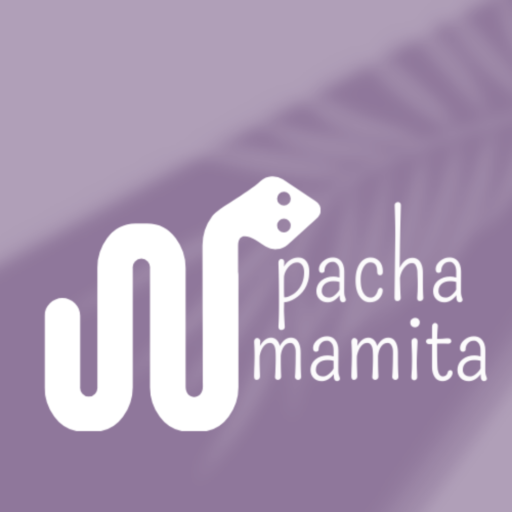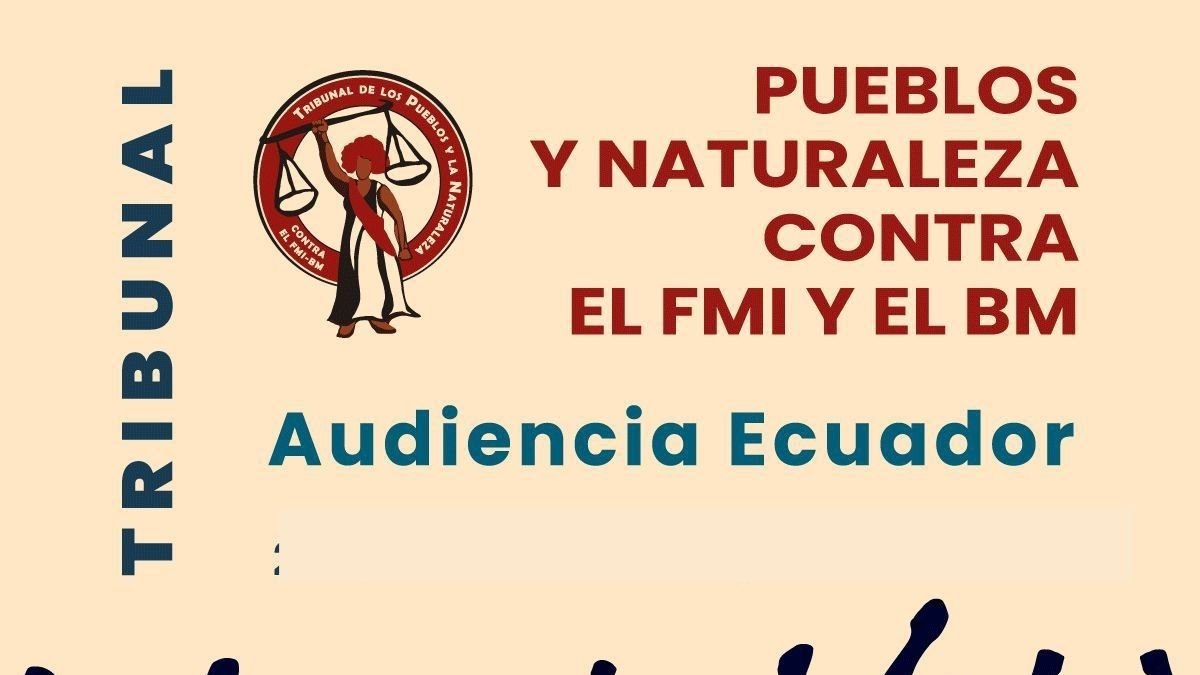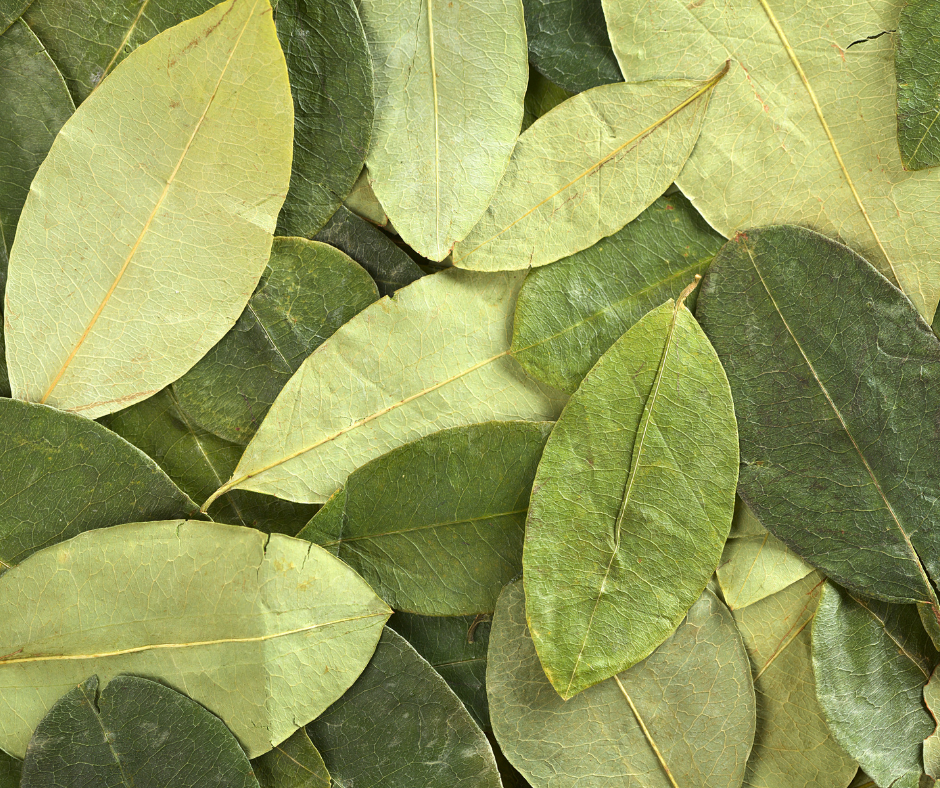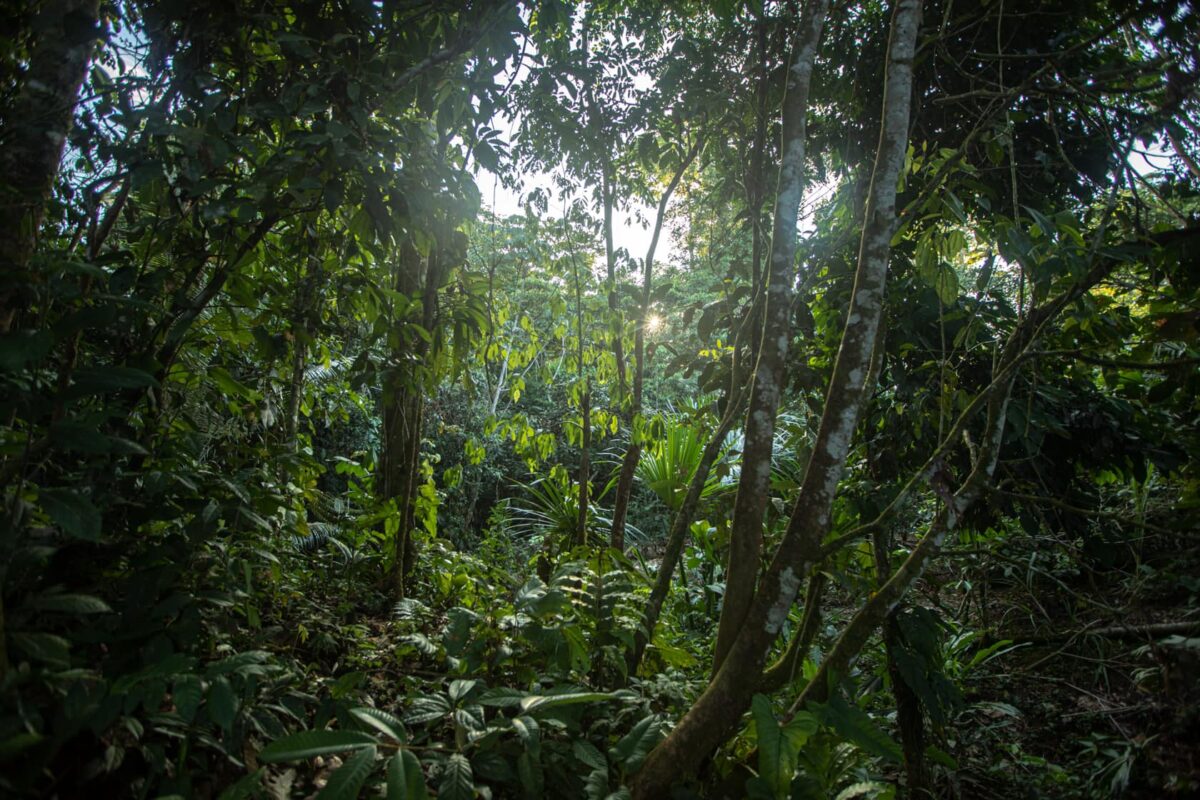“Plants of the Gods,” written by Richard Evans Schultes and Albert Hofmann, is a book that has left an indelible mark on the study of psychoactive plants and their role in cultures throughout history. Since its first publication in 1979, this book has been a source of knowledge and fascination for those interested in understanding how these plants have influenced religion, medicine, art, and culture in general.
History and Culture of Psychoactive Plants
The book takes us on a journey through time, exploring how psychoactive plants have been used by different cultures. From the ancient Greeks and Romans to indigenous cultures in South America, these plants have played a crucial role in religious rituals, healing ceremonies, and in some cases, recreational purposes.
Creativity and Psychoactive Plants
One of the most intriguing ideas the book raises is the connection between these plants and creativity. Music, art, and literature have all been influenced by the use of these substances throughout history. The authors argue that creativity and artistic expression have often been boosted by the use of these plants, offering a new perspective on the relationship between mind and nature.
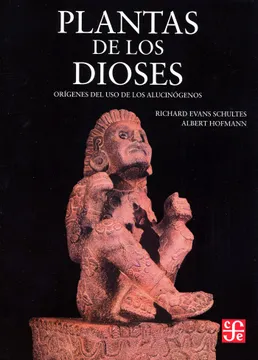
Psychoactive Plants: Details and Effects
The book offers a detailed exploration of several psychoactive plants, including ayahuasca, peyote, salvia divinorum, opium, and marijuana. Each plant is presented with information about its origin, chemical properties, and effects on the human body.
Ayahuasca: Used in the Amazon region of South America, this psychoactive drink is prepared from the bark of the Banisteriopsis caapi vine and the leaves of the Psychotria viridis shrub. Effects include visual and auditory hallucinations, as well as a feeling of connection with nature and the universe.
Peyote:This psychoactive cactus is used by indigenous cultures of North America in religious ceremonies. It contains mescaline, a psychoactive substance that produces effects similar to those of LSD.
Salvia divinorum: Used by indigenous cultures in Mexico, it contains salvinorin A, a psychoactive substance that produces hallucinogenic effects.
Opium: Obtained from the poppy plant, opium has been used for medicinal and recreational purposes for centuries. It contains morphine and codeine, substances that produce analgesic and euphoric effects.
Dope: Used worldwide for medicinal and recreational purposes, it contains THC, a psychoactive substance that produces euphoric and relaxing effects.
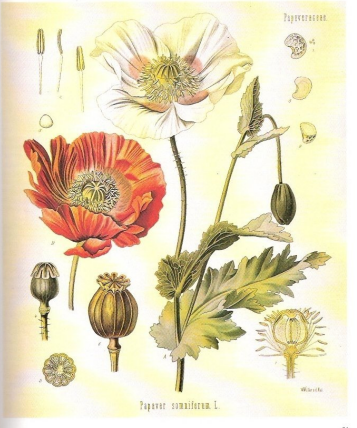
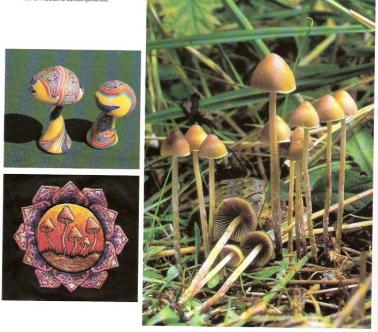
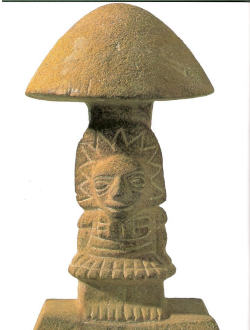
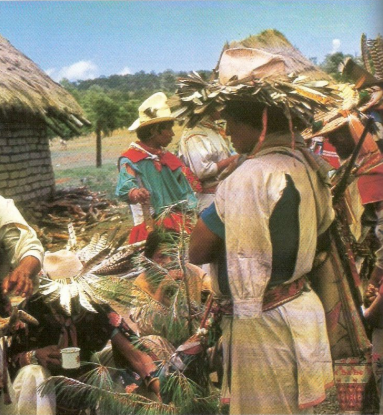
Impact on Culture and Creativity
The book explores how these plants have influenced various aspects of culture, from music and art to literature. The authors argue that these plants have been a source of inspiration for artists and thinkers throughout history, contributing to the evolution of creativity and artistic expression.
Legality and Regulation
One of the most controversial topics addressed in the book is the question of the legality and regulation of psychoactive plants. The authors discuss current laws and regulations in different countries and argue that the prohibition of these plants is often more harmful than beneficial. They raise the need for a more comprehensive and evidence-based approach to addressing the use of these substances.

The Authors: Experts in the Field
Richard Evans Schultes and Albert Hofmann were prominent figures in the study of psychoactive plants. Schultes, an American botanist, was one of the first scientists to study ayahuasca and peyote, while Hofmann, a Swiss chemist best known for discovering LSD, was director of the Pharmaceutical-Chemical Research Laboratories of Sandoz Ltd., in Basel, Switzerland. He synthesized and isolated numerous psychoactive alkaloids, contributing immensely to the study of biochemistry. His work was fundamental to understanding the effects of these substances on the human body and their therapeutic potential.
TO LOVE IS TO SHARE
IMF and World Bank under public scrutiny in Ecuador
The process, which gathers testimonies, evidence, and proposals, seeks to answer: who should be held responsible for the [...]
![]()
